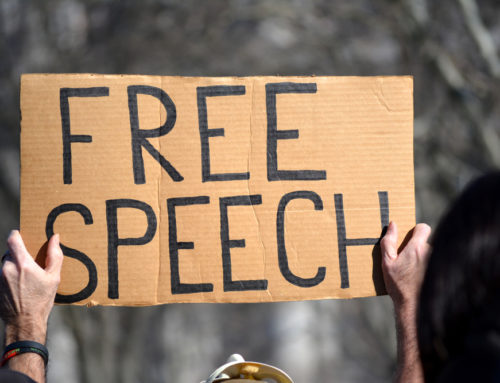Social media — a term for blogs, social networking sites, videos and podcasts — has been around for several years and continues to expand with new ways to communicate online. Its huge success and popularity has drawn companies from all sectors who are hoping to engage and reach more people to let them know about their organization and their services.
One notable laggard in the social media scene has been the healthcare industry. Many healthcare organizations have been reluctant to jump on the band wagon because of their highly regulated industry, which requires more legal considerations and has more potential risks than any other market, including privacy issues and patient confidentiality. Fortunately, healthcare organizations are beginning to realize that the many benefits of utilizing social media can outweigh the risks.
Here are some examples healthcare organizations can utilize social media:
1. Provide information people want and need, as well as connect people who suffer from similar illnesses for support. As the Internet continues to evolve, more and more people are researching information online. Many are turning to social media to not only find information they need, but also to find other people with whom they can relate and share information. People want to know real life experiences from others about a specific disease, illness, medication or treatment.
The Mayo Clinic has a Facebook page with over 14,000 friends and has developed separate groups to connect patients to others with similar illnesses. In addition to the Facebook page, Mayo Clinic provides its patients with podcasts and videos of doctors discussing illnesses, treatments and research, as well as a health blog and a YouTube channel to reach patients searching for information online. As the Mayo Clinic has discovered, companies can engage and build loyalty to its brand by listening to what people want and then giving them the resources and the information they need.
2. Keep people updated in crisis situations. As many consumer companies have discovered, social networks can also be used during crisis situations to disseminate important information directly to consumers. For example, the American Red Cross initially implemented a Twitter page in order to send updates to California residents about recent wildfires, plus information on delivering aid and raising money for support. Later, the organization utilized the page to post updates on storms and natural disasters.
Another example of using social media to disseminate information in a crisis situation is the 2009 peanut butter and peanut-related salmonella outbreak. The Health and Human Services, Food and Drug Administration and Centers for Disease Control and Prevention utilized social networking sites, videos, podcasts and widgets to inform the public about the product recalls and health risks.
3. Strengthen relationships with journalists and bloggers, as well as to drive traffic to the website. For example, an organization can use its blogs and social networking sites to link back to relevant healthcare articles from journalists and bloggers. This will provide important information and resources to an organization’s community and increase traffic to its own site. In return, journalists and bloggers may follow or “friend” an organization on social networking sites, as well as possibly link back to the organizations’ articles from their sites.
Though there are multiple ways healthcare companies can approach social media, it is important to use it appropriately. Here are some potential risks to consider:
1. Social media is a two-way conversation that can help build a platform for an effective exchange of information that audiences can use. Offering reliable and trustworthy content can help an organization build relationships and credibility. However, this relationship takes time and patience to develop. Don’t enter the social media arena unless you are prepared to make an investment and develop a strategy.
2. Posting inaccurate information can be extremely dangerous in any industry, but it is especially true in healthcare. Inaccurate content posted by organizations can diminish credibility and their audience’s trust, potentially damage the company image, and worst of all it could possibly harm patients.
3. Social media does open a channel for negative comments about the organization. However, the fact is that people are always going to complain, but social media allows the organization to be part of the conversation. It gives the opportunity to provide accurate information to settle the issues a person might have with the company.
In summary, social media provides a healthcare organization the opportunity to be in constant contact with its audience, deepening relationships and creating new opportunities to improve and build a stronger affiliation with the brand.
Like this post? Subscribe to our RSS feed and get more!
For more public relations insights….





Great, thanks for sharing this article post.Much thanks again. Cool.